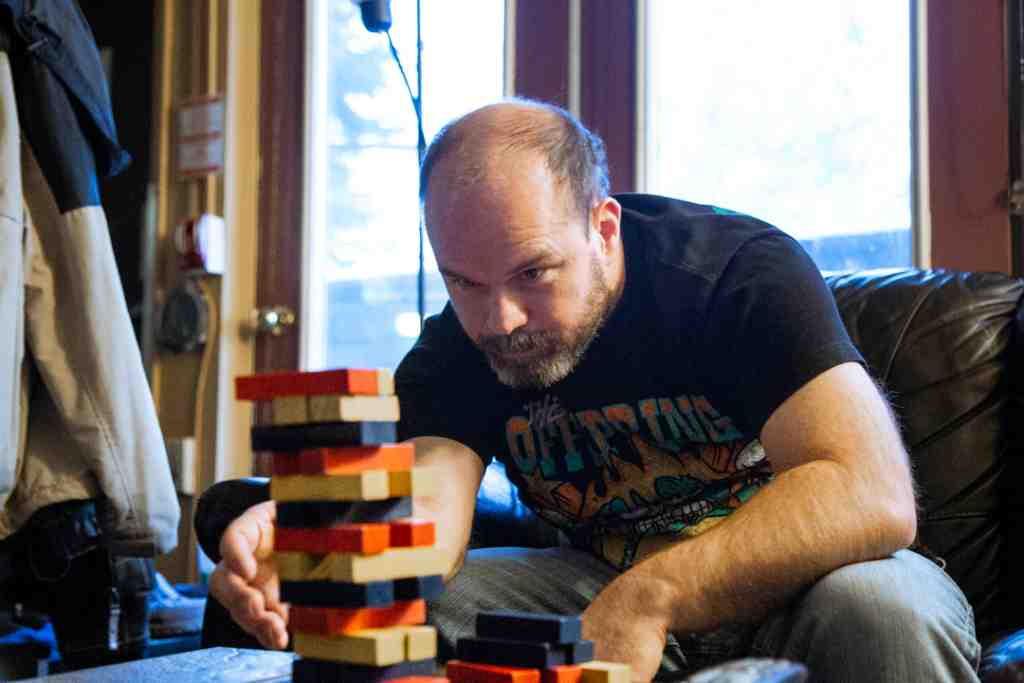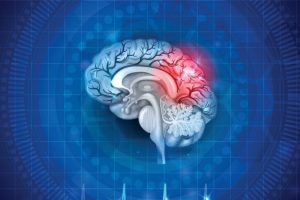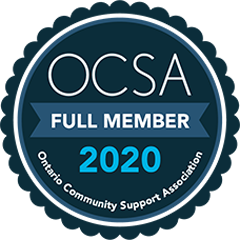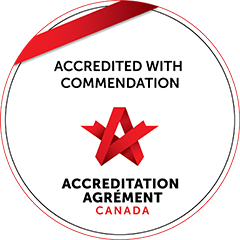Definition of Acquired Brain Injury
An acquired brain injury is damage to the brain which occurs after birth and is not related to:
- a congenital disorder
- a developmental disability or
- a process which progressively damages the brain. (see Appendix I)
The damage may be caused:
- traumatically (i.e., from an external force such as a collision, fall, assault or sports injury)
- through a medical problem or disease process which causes damage to the brain (internal process or pathology). (see Appendix II)
Members of the Toronto Acquired Brain Injury Network rehabilitation services continuum all have their individual criteria for service provision. Each referral will be assessed on a case by case basis.
Factors such as the following will be used in the consideration process:
- medical stability/complexity
- potential to benefit from therapy or resources offered
- primary or overriding problems which could be a barrier to the rehabilitation process or to the delivery of service.
These may include:
- psychiatric problems
- drug/alcohol dependency
- behavioural issues
Appendix I
Congenital Development Problems: (not considered ABI)
- Cerebral Palsy
- Autism (Pervasive Developmental Disorder)
- Developmental Delay
- Down's Syndrome (21 Chromosomal Abnormalities)
- Spina Bifida with hydrocephalus
- Muscular Dystrophy
Progressive Processes/Diseases: (not considered ABI)
- Alzheimer's Disease
- Pick's Disease
- Dementing Processes
- Amytrophic Lateral Sclerosis
- Multiple Sclerosis
- Parkinson's Disease and Similar Movement Disorders
- Huntington's Disease
Appendix II
Non-Traumatic Causes of ABI:
- Anoxia
- Aneurysm and Vascular Malformations
- Brain Tumours
- Encephalitis
- Meningitis
- Metabolic Encephalopathies
- Stroke with Cognitive Disabilities (eligibility for service may depend on clients needs/goals)
Note:
This definition for "acquired brain injury" (or "ABI") was developed by the Clinical Data Working Group of the Toronto ABI Network and adopted by the Advisory Committee.
As part of developing consensus, several drafts of the definition were distributed to clinicians and professionals in the ABI field to ensure that it is clear, accurate and addresses the issues across the continuum of service.
DEFINITION OF ABI
Developed by the Clinical Data Working Group of the Toronto ABI Network and adopted by their Advisory Committee
TYPES OF HEAD INJURY
Describes the different types of brain and head injuries, including the complication and recovery process.
PHYSICAL CHANGES
Describes how brain injury may lead to physical changes which can be temporary or permanent, severity and location of the brain injury.
COGNITIVE CHANGES
Describes how cognitive changes after brain injury can affect the way a person thinks, learns and remembers.
EMOTIONAL/BEHAVIOURAL CHANGES
Describes changes in a person's emotional reaction or behaviour after a brain injury, often the most difficult for the individual and families to deal with.
HORMONAL CHANGES
Describes some of the common issues as they relate to hormonal changes following an aquired or traumtic brain injury.
FUNCTION & SYMPTOMS
Describes brain anatomy, its functions and symptoms following an aquired or traumtic brain injury.
3D BRAIN INTERACTIVE
Information on disorders, brain damage, case studies, and links to modern neuroscience research.
BRAIN STIMULATION
Describes the anatomy of the brain and its function with a special interactive feature.
Ranchos Los Amigos Scale
Describes this medical scale used to assess individuals after a brain injury, based on cognitive and behavioural presentations as they emerge from coma.
STATISTICS
Download the PDF document and view the staggering true numbers - and see how it compares with other health conditions.





